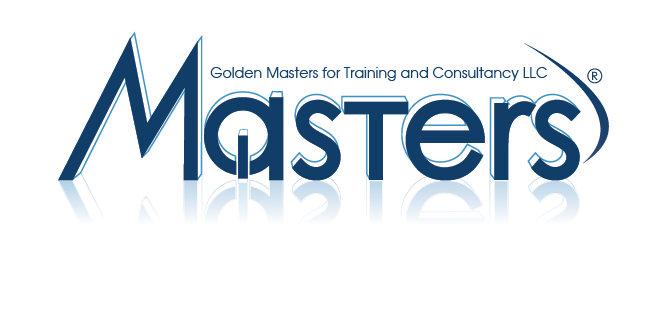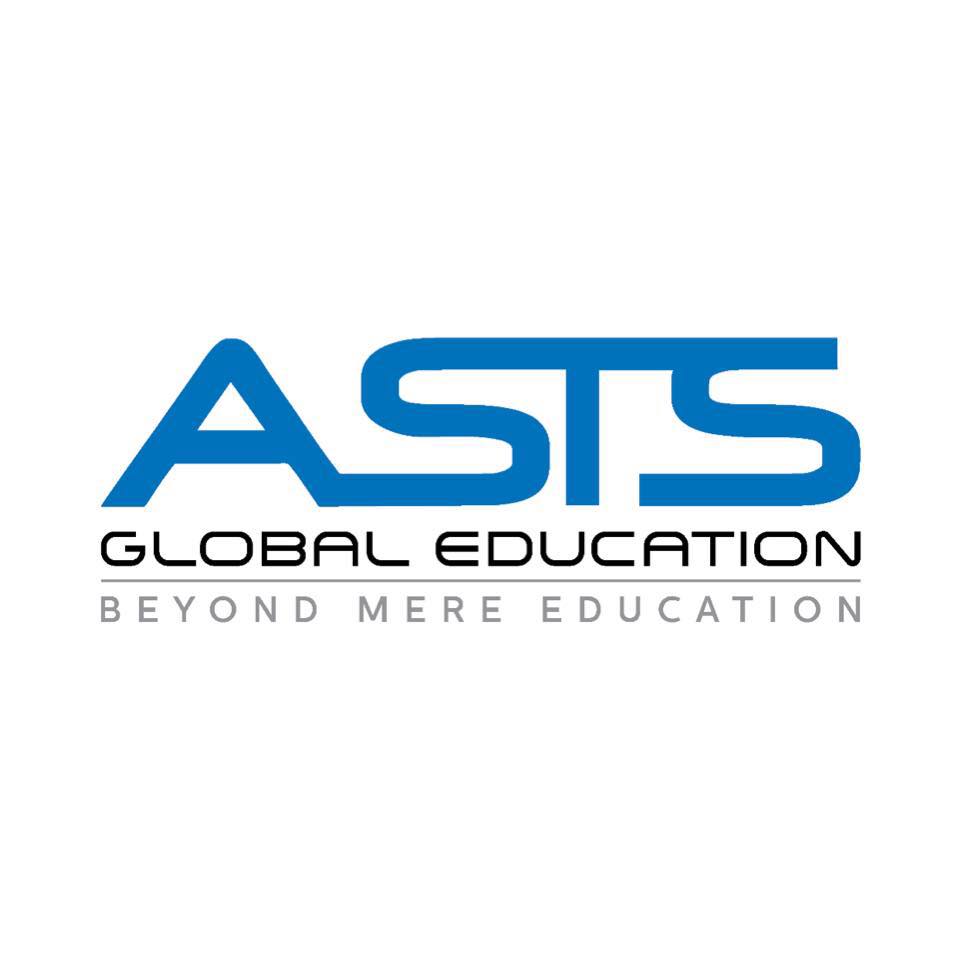Design methods and criteria are presented and discussed to familiarize process engineers with practical techniques (including short-cut methods) for sizing, design, and selection of the main types of process equipment for refineries, petrochemical, and related process plants.
The course covers description and definition of hydrocarbons and mixture properties, characterization parameters and their significance in design of equipment. Basic calculation procedures for design of process equipment, with sample examples, are presented and discussed to enhance skills in design techniques.
Procedures for preparation of process data and equipment design specification requirements, evaluation of proposals and interaction with equipment manufacturers are discussed. Brief sessions are included on mechanical design aspects and on cost estimating methods to complement background to process design and equipment evaluation and selection aspects
Course Objective:
This course is designed to provide participants with a comprehensive understanding of process plant equipment design concepts and techniques. Attendees completing this course will enhance their understanding of process design and gain practical skills and knowledge in the design of process plant equipment.
Course Certificate:
MASTERS certificate will be issued to all attendees completing minimum of 75% of the total tuition hours of the course
I. Introduction
· Nature of Design
· Design Constraints
· Design Categories
o New Design
o Revamp Design
II. Petroleum Properties & Definitions
· Composition of Petroleum
· Petroleum Processing: An Overview
· Hydrocarbon Properties
o Pure Hydrocarbons
o Defined Mixtures
o Undefined Mixtures
· Characterization Parameters & Definitions
III. Development of Process Data
· Process Design Tasks & Sequence
· Process Calculations Methods
o Empirical Procedure
o Rigorous Procedure
· Process Design Simulation Techniques
o Commercial Packages
o Equipment Software
o Process Data Packages
· Data Compilation and Presentation
o Process Flow Diagram
o Equipment Data Sheets
o Accuracy and Significance
IV. Equipment Sizing, Selection and Design
· Process Equipment Categories:
o Proprietary Type Equipment
o Non-Proprietary Equipment
o Required vs. Calculated Data
· Piping:
o Fluid Flow Equations
o Pressure Loss Categories
o Pipe Properties - Class and Schedule
o Sizing Criteria - Velocity and dP
o Two-Phase Flow - Regimes/dP Calculation.
o Sizing Methods - Detailed & Short-Cut.
· Pumps:
o Categories & Types – Reciprocating & Centrifugal
o Performance Characteristics – Curves, System/CV
o Key Design Parameters – Capacity Factors, Properties, Head, NPSH, Efficiency, Horsepower
o Calculation Method/Typical Format and Examples
o Pump Selection Guidelines
· Compressors:
· Categories and Types – Reciprocating & Centrifugal
· Compression Process – Adiabatic, Isothermal & Polytropic
· Characteristics & Terminologies – Clearance, Surge, Stonewall, Speed, Turndown, etc.
· Key Design Parameters – Capacity, Properties, Compression Ratio, Head, Temperature Rise, Efficiencies, Multi-staging
· Compressor Control Methods
· Calculation Method/Typical Format and Examples
· Selection Guidelines – Technical and Economic Factors
· Heat Exchangers
· Types – Shell-and-Tube, Double-Pipe, Plate, Other
· Shell-and-Tube Construction – TEMA Classification
· Heat Transfer Relation – Heat Transfer Coefficients, Mean Temperature Difference, Correction Factors, etc.
· Key Design Considerations – Fluid Routing, Pressure, Temperature, Viscosity, Fouling
· Fouling Factors, Variables and Prevention
· Process Applications – No Phase Change & Phase Change
· Reboilers – Types, Feed System, Calculation Method
· Calculation Methods – Detailed and Short-Cut with Example
· Rating Existing Exchangers with Example
· Selection Guidelines
· Air Coolers
· Types – Forced and Induced Air Design
· Key Design Considerations – Heat Transfer Coefficient, Air Temperature and Rise, Tubes & Layout, Air Fans
· Air vs. Water Cooling Comparison
· Calculation Procedure – Approximate Method
· Direct-Fired Heaters
· Types – Service, Duty Limits, Shop vs. Field Size
· Design Considerations – Process & Combustion Sides
· Fired Heater Control Systems
· Process Vessels
· Types and Functions – Separation, Accumulation, Settling
· Design Considerations – Sizing, Vapor Velocity, Liquid Residence, Entrainment, Internals, Connections
· Vessel Calculation Method and Examples
· Fractionators (Distillation Columns)
· Fractionators Types – Simple and Complex Columns
· Design Methods - ‘Process’ & ‘Hardware’ Design
· Process Design Procedure with Examples:
a. Simple Column – Stabilizer
b. Complex Column - Crude Distillation
· Internals: Trays, Packing/Grids, Draw off, Distributors
a. Types and Selection
b. Hydraulic Criteria
c. Performance Comparison
· Reactors
- Fixed-Bed Reactors Types – Down flow and Radial Flow
- Design Considerations – L/D, Catalyst Bed, Fouling
- Sizing Methods – Press Drop Calculation
- Internals
· Ancillary Equipment:
- Steam Jet Ejectors for Vacuum Columns
- Pressure Relief Devices
V. Mechanical & Safety Aspects
· Codes, Standards and Specifications
· Materials of Construction – Overview
· Safety in Design – Equipment Spacing
VI. Cost Estimating
· Cost Estimating Methods
o Capacity/Scale Ratio
o Equipment/Modular Factors
o Detailed Quotes
· Estimate Types and Accuracy
· Equipment Installation Cost Factors
· Contingency Allowances
· Cost Escalation
VII. Process Design Specifications
· Purpose of Specification Package
· Types of Specification Packages
· Specification Package Contents
VIII. Q & A Discussion





